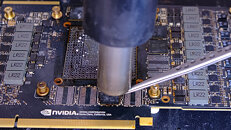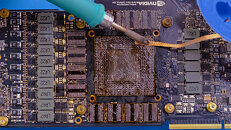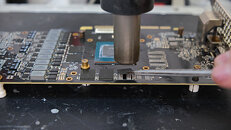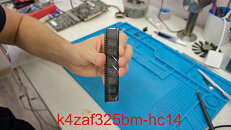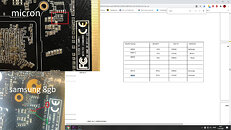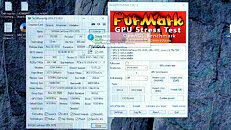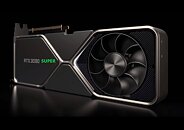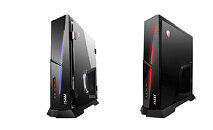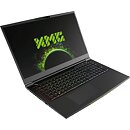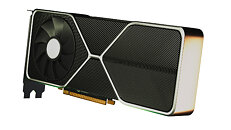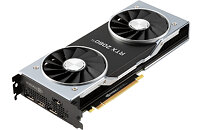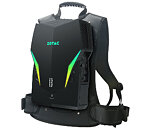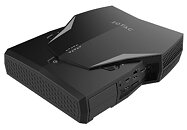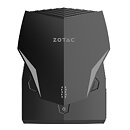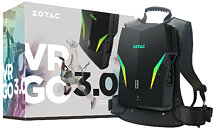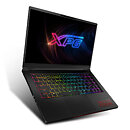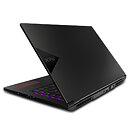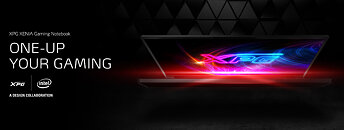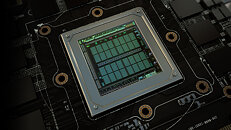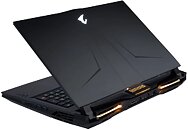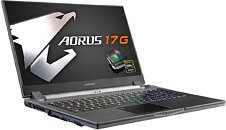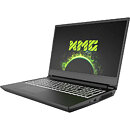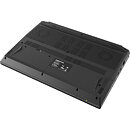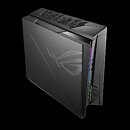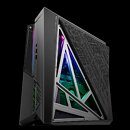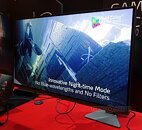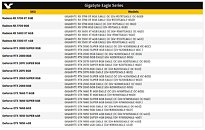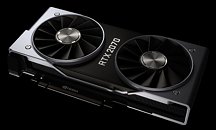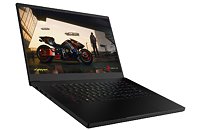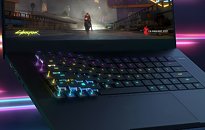
Borderlands 4 PC Minimum Specs Emerge As Collector's Edition Without Game Key Dampens Spirits
Gearbox and 2K today opened Borderlands 4 pre-orders, with the rather unexpected $69.99 base game price resulting in a simultaneous sigh of relief following the gaming industry's recent move towards $80 AAA games. Following the pre-order launch, Borderlands 4's Steam page revealed the game's minimum system requirements as a bit of a mixed bag. According to the Steam page, the new looter shooter will only run on an AMD Radeon RX 5700 XT or NVIDIA GeForce RTX 2070, but this seems to largely be related to VRAM, since the minimum requirements also mentions that 8 GB is the minimum VRAM amount. An SSD and an eight-core CPU—listed as the AMD Ryzen 2700X or Intel Core i7-9700—will also be mandatory for Borderlands 4. Even the recommended specifications for Borderlands 4 are rather moderate, with the NVIDIA GeForce RTX 3080 and Radeon RX 6800 XT making the cut.
In addition to the reasonable PC specs, news also broke about an ECHO-4 Collector's Edition, a curious edition to the line-up of special edition bundles for Borderlands 4 that seems to be exclusive to GameStop for now. The Echo-4 Collector's Edition bundle is a host of physical Borderlands 4 memorabilia, including a cloth map of Kairos, an eight-inch Echo-4 figure with LED lights, a Vault symbol necklace, a card with five SHiFT codes for Borderlands 4 golden keys, and four double-sided lithography art prints—all for $149.99. The one glaring omission from the Echo-4 bundle is an actual game key for Borderlands 4. That is clearly labelled as "sold separately" on the GameStop page.
In addition to the reasonable PC specs, news also broke about an ECHO-4 Collector's Edition, a curious edition to the line-up of special edition bundles for Borderlands 4 that seems to be exclusive to GameStop for now. The Echo-4 Collector's Edition bundle is a host of physical Borderlands 4 memorabilia, including a cloth map of Kairos, an eight-inch Echo-4 figure with LED lights, a Vault symbol necklace, a card with five SHiFT codes for Borderlands 4 golden keys, and four double-sided lithography art prints—all for $149.99. The one glaring omission from the Echo-4 bundle is an actual game key for Borderlands 4. That is clearly labelled as "sold separately" on the GameStop page.









